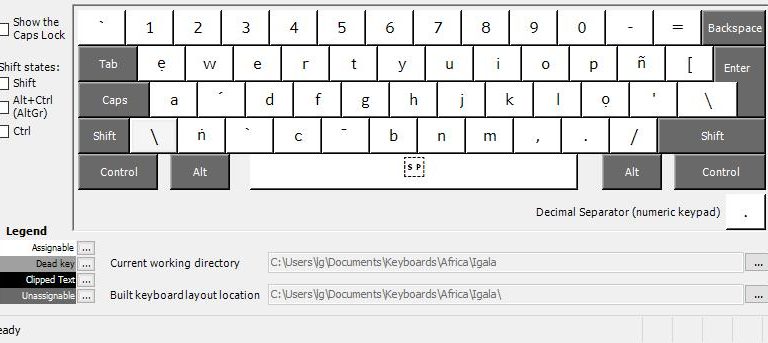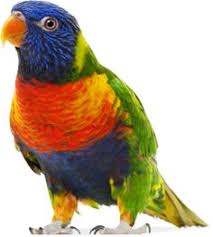It is true that Igala writing has nose-dived precipitously since the subject, ‘Vernacular,’ was removed from the Nigerian school syllabus in the 1970s. But we do not have forever to wait for government to restore it for Igala language to resume being taught in schools. The curriculum to drive that will drive the process was ready for approval since August, 2019, courtesy of Mrs. Ọjọchẹnẹmi Rosemary Oshikọya, the then-Education/Science and Technology Commissioner in Kogi State Government. Since she left that portfolio, action has ceased on the Igala Curriculum project. discontinued in payment of a pittance to the Nigerian Educational Research and Development Council (NERDC) to carry out needed procedural steps without which both Igala and Ebira curricula cannot be approved and, in consequence, the two languages cannot be taught in Kogi State schools. We cannot afford to abandon these two mortally-endangered languages to their death.
On their part, Igala speakers and writers have been counting their costs, ruminating on the abrupt exit of organised educational outposts from the society, namely: indigenous language (First Language) study in primary schools, extramural (Adult Education) classes organised by the Igala Native Authority; primers and short story books, and, most painfully, the favourite, bilingual (Igala-English) tabloid, “Ókóò Anẹ̀-Igáláà” (The Igala Parrot). All these have flowed into the deep pit in the vaults ofhistory, leaving every native speaker face-to-face with the negative impact it has had on the society, its culture and heritage.
The society must, as of right, recover that heritage. At the moment, it is trying to slip through our fingers. We must recapture it through a sound mother-tongue education skewed towards attainment appreciable literacy in the language.
To this end, this website, ki-gala.com, is offering a free Igala-specific computer keyboard layout that bears all the 31 letters of the Igala Alphabet. Apart from the peculiar characters: Ẹẹ, Ọọ and Ññ, the keyboard layout also contain five keys bearing the five tones of Igala speech, namely: (High, Mid, Mid-high, Low and Extra-High). Note that tone detection and marking are central to the phonological part of the Language examination conducted periodically by the West African Examinations Council (WAEC). You have two versions of the keyboard layout to choose from. The first is “Igala-1″ and the other, “Igala-2,” is the one used as the ‘Featured Image’ for this post. This computer-aided facility was specifically designed for me when I was about to publish my book: An Igala-English Lexicon: A Bilingual Dictionary with Notes on Igala Language, History, Culture and Priest-Kings via Partridge Publishing Singapore, which came out in 2014.
This important Igala writing enabler has the capacity to open doors for creative, patriotic and passionate Igala writers. May this new year, 2022, provide a turning-point in your Igala writing career. I think I can hear someone saying: “Àchẹẹẹ!” which, in Igala language, means “So be it!”









